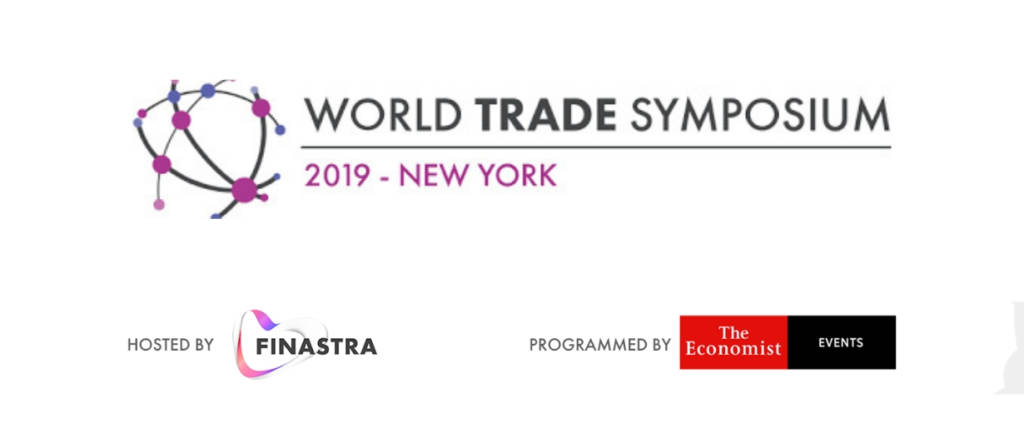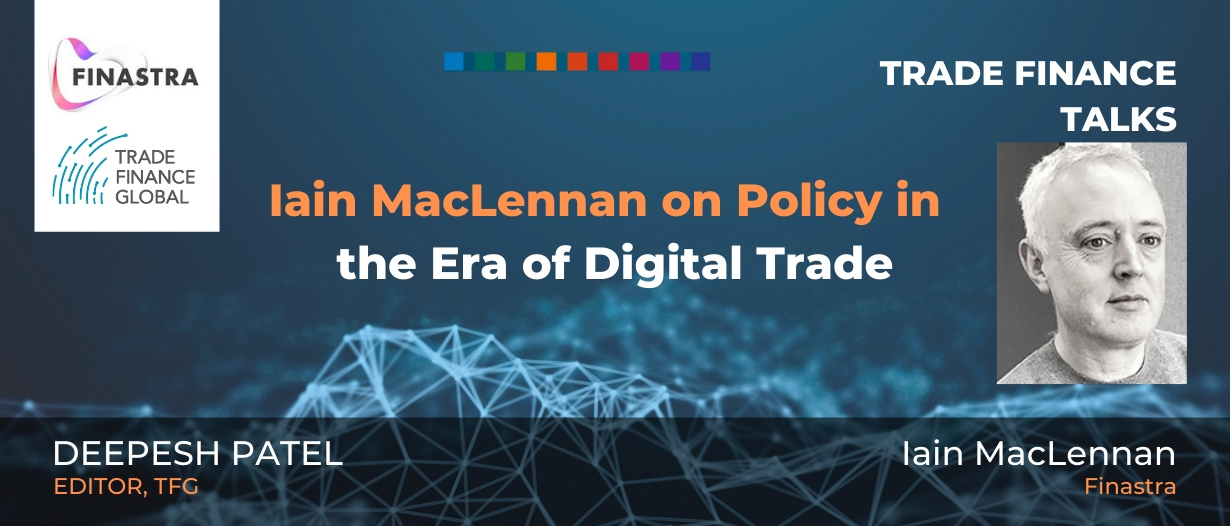Listen to this podcast on Spotify, Apple Podcasts, Podbean, Podtail, ListenNotes, TuneIn, PodChaser
Season 1, Episode 28
Host: Deepesh Patel, Editor, Trade Finance Global
Featuring: Iain MacLennan, Head of Trade & Supply Chain Finance, Finastra
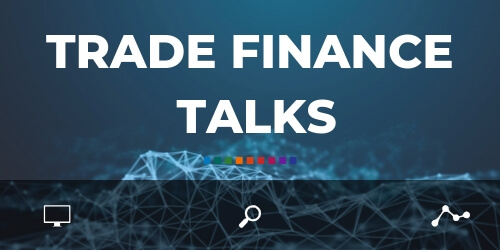
TFG caught up with Iain MacLennan, Head of Trade & Supply Chain Finance at Finastra, on the key trends in trade and supply chain finance in an era of uncertainty and geopolitics, in preparation for the World Trade Symposium which will be held in New York on the 6th and 7th November.
Deepesh Patel: I’m Deepesh Patel, Editor at Trade Finance Global. Today’s podcast is covering policy in an era of digital trade – definitely an exciting topic to be talking about.
We’re here with Iain McLennan, Head of Trade and Supply Chain Finance at Finastra. TFG is partnering with the World Trade Symposium this year, held in New York on the 6th / 7th November.
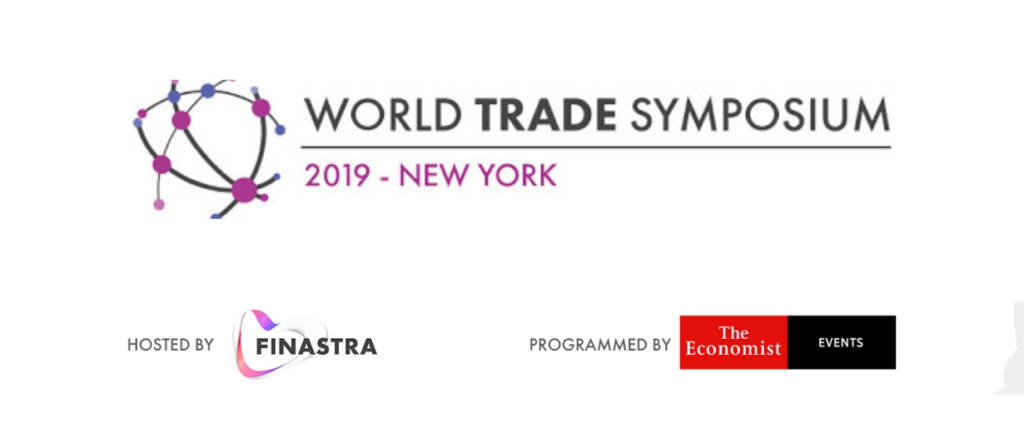
Iain thank you very much for joining us today! So, in your recent article, ‘Policy in an era of digital trade’, what are the key trends in this area? And what are the implications of geopolitics to global trade right now?
Iain McLennan: Thanks, Deepesh. I think with the article on policy and digital trade, we started to focus on how legislation can keep track of digital technology; innovation is incredibly hard for regulators to keep up with. There were three key trends that we drew out:
One was actually legislation being pushed into the financial services organisations around KYC and money laundering, and how this impacts the cost of doing business. We also see the restrictions in cross border data flows, which is interesting from the perspective of the World Economic Forum and World Trade Organisation talking about how to move data, and then on a local level, seeing restrictions on those data flows. And then finally, unsurprisingly, tariffs and protectionism and how that impacts the economy as a whole and the flow of trade across the world.

DP: So what are the unintended consequences that you see from a financial perspective on items such as Basel III, CRD IV etc., on the provision of trade finance, particularly to SMEs in the mid market?
IM: It’s an interesting question. And you have got the capital requirements directive, which is obviously the implementation of all three within the EU. As for Basel III, it was done for the right reasons in regards to looking at minimum capital requirements, leverage ratios, liquidity requirements etc that were all needed to be put in place after the financial crisis. However, with these controls in place, there are unintended consequences. But actually what you can see is that the capital adequacy rules, their willingness then to create additional funding for SMEs actually and mid markets and being able to, to fund the needs of those businesses has become problematic.
We know that there’s a $1.5 trillion SME gap that needs to be addressed. So if you’ve got a higher capital adequacy requirement, you’re less likely to be able to fund additional business if you don’t then use technology to address those pain points.
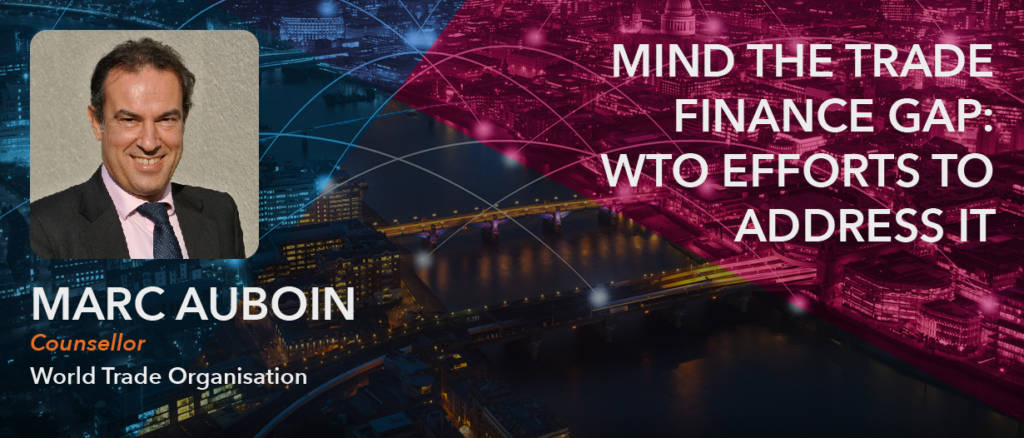
DP: So let’s go into some of the details on the pain points in trade finance. How can technology help drive down the cost of running these big back office functions?
IM: Well, if you look at this from a commercial banking sense, there are traditionally two operational functions that I would describe us as being more manually intensive; commercial lending and trade services. And if you look at those, we know that 60% of the cost that’s associated with trade services comes in compliance checking. So there’s the first part of the chain that we look at, and there’s a number of fintechs that we work with that will allow you to do that compliance checking, leveraging artificial intelligence and machine learning. I was talking with a FinTech today, to do a series of a quarter of a million algorithm checks now takes just 55 seconds. Being able to check the overall document and run the document takes four minutes. And so when you look at what you’re doing there, I think what we see a huge benefit of tech to trade and trade finance, thanks to fintechs.

DP: Is there enough data in deal flows, both in primary and secondary distribution space to actually leverage and use some of these technologies?
IM: Absolutely. I mean, at Sibos this year, the number of providers really focusing in that space around compliance, AI and machine learning was incredible.
The data is not an issue and I think you see a lot of benefit coming out of providers that have previously worked in the payments space but seeing these data flows. If you look at the trade finance business, some $16 trillion USD flow in trade each year, with around 10% of this through Letters of Credit. That’s a significant amount of data.
DP: What are you most excited about for the World Trade Symposium this year?
IM: This will be my second World Trade Symposium. I was in London last year.
I think for me that the big thing is the dual aspect that you will see on the first day, which is the very macro-type topics that we deal with, and then the second day is much more on the details, for example, where technology is going.
The other key focus areas at the World Trade Symposium will be the viewpoints from market practitioners, policymakers, diplomats, fintechs and many other people that are involved in the trade industry. Last year we had a very Europe centric focus, with the event being in London. I think that this year’s perspective will also get a good Latin American view, as well as the other participants from Canada and North America. Given the change that we’ve seen in North America over the last 18 months or so it’s a very interesting location and I am really looking forward to meeting some of the regional US banks too.
